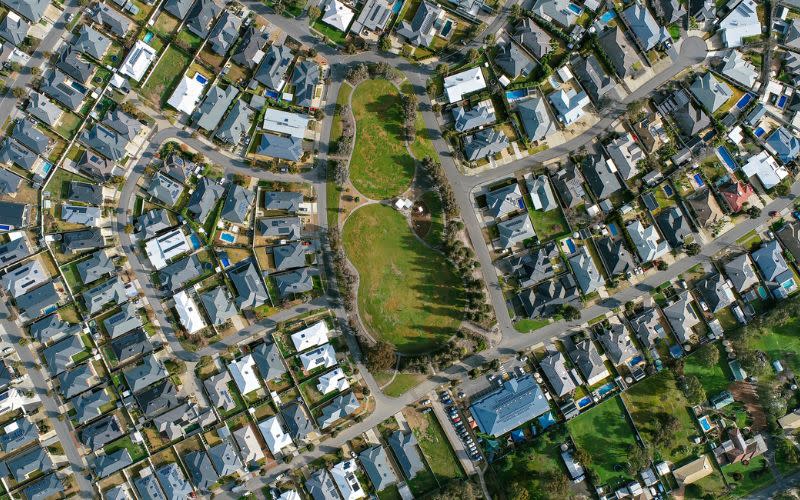Powerful Vic Lobby Group Calls for Ambitious Planning Reforms

A powerful group of industry lobbyists has called on the Victorian government for ambitious planning reforms amid what it calls the worst housing crisis in the state’s history.
Led by the Victorian branch of the Property Council of Australia, a joint statement by the state’s peak development, building, housing and construction associations has called on the Andrews government to outline a clear plan that “enables a seismic difference in the number of new homes being built each year”.
The group’s warning comes as the government prepares to release its so-called Housing Statement, which is widely expected to wrest some planning controls away from councils in an attempt to streamline the process and boost housing supply.
The Property Council’s executive director for Victoria Cath Evans said the government’s statement was a once-in-a-generation opportunity to align housing, planning and building policy toward the efficient delivery of new and affordable homes.
“The worst housing crisis in the state’s history requires bold action,” Evans said.
“State and local planning is too often adding complexity and cost to new housing, and authorities continue to get in the way after permits have been issued.
“The upcoming housing statement is a chance to wipe the slate clean and to remove the common blockages to homes, in established and growth areas, being developed and built.”
Victoria’s Independent Broad-Based Anti-Corruption Commission (IBAC) tabled its Operation Sandon report in July, put together in response to allegations of corruption within local government planning processes.

Among the report’s more than 30 recommendations is the suggestion the government should consider taking statutory planning decisions away from local councillors.
Under the Albanese government’s National Housing Accord thrashed out in October last year, there’s a target of 50,000 new homes in greater Melbourne each year.
However, Housing Industry of Australia’s Victorian executive director Keith Ryan said there had been a drop of 37 per cent in new home sales and a 29 per cent drop in home loans, while building approvals for homes had fallen more than 16 per cent over the past year.
“HIA is now forecasting a decade low result in new home commencements in 2024,” Ryan said. “And this is happening while the need for new homes to be built increases.
“The Victorian government needs to make sure that the housing statement allows the home building industry to build the homes that people want, and not the homes that the government believes they should have.”
Linda Allison, chief executive of the Victorian branch of the Urban Development Institute of Australia agreed, saying Victorians needed housing choice—both the locations and the type of housing they wish to live in.

“While the government is focussed on increasing homes in the middle ring of Melbourne, the sheer volume of homes that needs to be delivered means that supply must be prioritised right across Victoria; in established areas, our newer suburbs and in the regions,” Allison said.
Master Builders Victoria chief executive Michaela Lihou wants the housing statement to address evolving supply constraints and workforce restrictions.
“The Victorian building industry is strong and resilient, but it continues to face a number of prevailing factors that are putting pressure on operators, particularly small businesses,” Lihou said.
“Solving the issues requires a policy-driven approach with a strengthened workforce as a key pillar.
“The Victorian government’s housing policy presents an important opportunity to set the industry on solid ground, ensuring a pipeline of work for builders across the state and a security for consumers.”
Melbourne’s population is expected to reach 6.1 million by 2033, overtaking Sydney as Australia’s biggest city. About 75 per cent of that population growth will be overseas migrants.
But frustrated developers and builders have long argued the state’s planning procedures make it ill-prepared for the increase.
The shortage of qualified planners, the varying levels of expertise within local government, the pace of the rezoning process, and questions over which authorities have what powers are all to blame, according to the industry.














